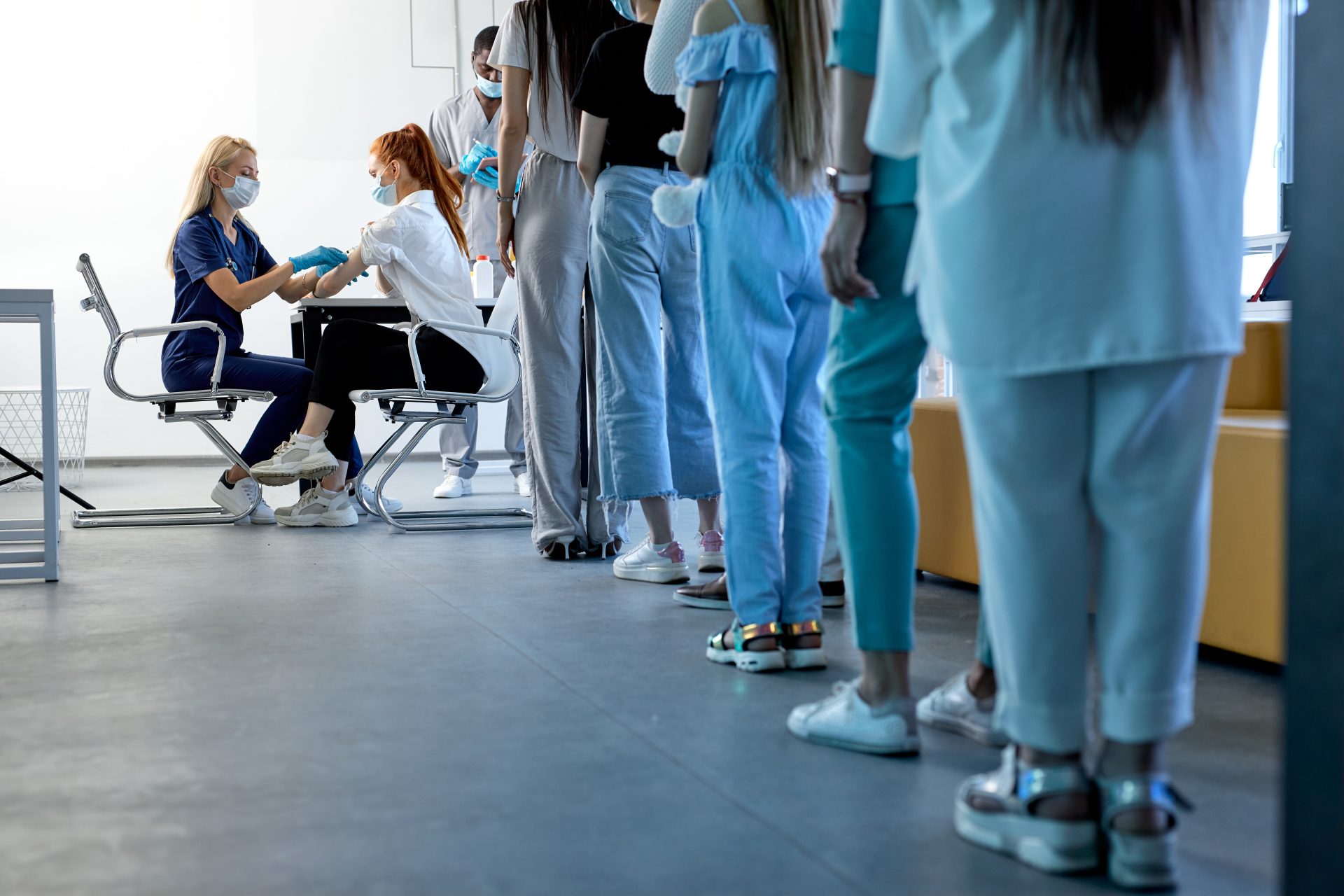Due to the present, declining COVID-19 trends, the US Department of Health and Human Services (HHS) intends to end the COVID-19 Federal Public Health Emergency (PHE) on May 11, 2023. Although vaccines and therapeutics have contributed to substantial declines in US COVID-19 hospitalization and death rates, Dr Michael Osterholm, himself recently diagnosed for the first time with COVID-19, exhorts us, “…now’s not the time to rest.” Reflecting on his children and grandchildren, he says, “We’ve got to keep focusing on what can we learn from this experience that will make us better prepared for the future.”
Three years into the pandemic, a recent Lancet editorial observed, “The acute months of the COVID-19 pandemic motivated an unprecedented response from governments, international organisations, pharmaceutical companies, and civil society.” As we transition to a different phase of this pandemic, the need for multistakeholder collaboration continues, to build resilience and prevent or mitigate future pandemics. Life science companies have opportunities to expand their collaborations with multiple stakeholders (eg, health plans, health systems, quality organizations, government, and community-based organizations) to help us build a healthier, more resilient future.
Here are steps life science companies can take now with other stakeholder partners:
- For some individuals, the end of the PHE will lead to changes in coverage for COVID-19 vaccines, tests and therapies, and access to other therapies (eg, access to prescriptions for controlled substances via telemedicine) is anticipated to change. Although changes may vary across lines of business (eg, Medicare Advantage, Medicaid, commercial, uninsured), members may face greater out-of-pocket costs. Consequently, individuals may hesitate to access care for COVID and other conditions when needed.
- Life science companies can collaborate with health plans and health systems to communicate coverage for relevant vaccines, tests, and therapies, and offer patient assistance programs to facilitate access.
- CIDRAP has commented on lapses (associated with diversion of infection control and stewardship resources due to COVID-19) that led to antibiotic overuse and the spread of resistant pathogens, creating additional infectious disease risks, and limiting the life cycle of each antimicrobial offering societal value.
- Life science companies, health plans, and health systems can collaborate on dissemination of antimicrobial use communication for patients and promote antimicrobial stewardship best practices with providers. NCQA offers several health plan profiles describing best practices in that regard.
- Individuals ages 65 and older, patients with high-risk comorbid conditions, and those in long-term care continue to be at greater risk for hospitalization or death due to COVID-19. Yet, COVID-19 booster rates remain sub-optimal for those at higher risk. Furthermore, concerns about COVID-19 and other infection risks faced by vulnerable citizens in nursing homes have prompted the Centers for Medicare & Medicaid Services to recently issue guidance to boost enforcement (including financial penalties) for infection control deficiencies.
- Life science companies, health plans, health systems, and nursing homes can collaboratively heighten their efforts to drive vaccine and booster uptake among populations at high risk.
- Epidemiologist Dr Allison Aiello has noted, “Social, political, behavioral and environmental factors are widely accepted as forces shaping emergence and reemergence of pathogens.” NCQA has launched a HEDIS measure for plans to screen and address social determinants of health (SDOH), and The Joint Commission has a Leadership Standard addressing health equity that will be elevated this year to become a National Patient Safety Goal. The change is intended to “increase the focus on improving health care equity, a global patient safety priority.”
- Life science companies have opportunities to support the efforts of health plans, health systems, and community-based organizations to identify and address adverse social determinants that are barriers to receiving vaccinations for infectious diseases. For example, pharmaceutical manufacturers can support their customers’ efforts to leverage EHRs to identify individuals with vaccination gaps and unmet social needs, for additional outreach and assistance.
Finally, as all stakeholders plan for a healthier future, aligned with the Quintuple Aim (better care, healthier people, smarter spending, care-team well-being, equity and inclusion), The Lancet reminds us of a new medical population requiring effective therapies. With at least 65 million people suffering globally from long COVID—and more anticipated—there is a profound need for life science companies, health plans, health systems, patients, families, and governments to collaborate to find innovative solutions for recovery.


